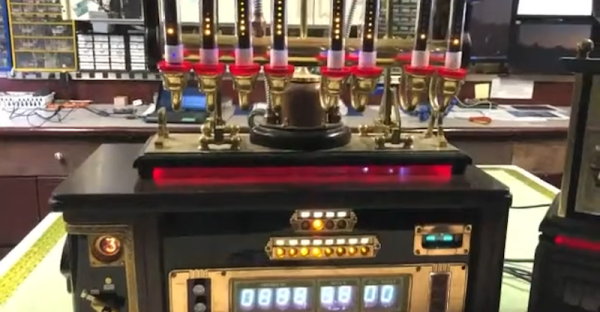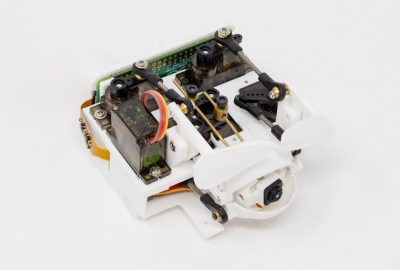If you’ve ever seen fireflies flashing together at night, you’ve witnessed the glory of synchronisation. In a new video, [Veritasium] examines some of the mechanisms in nature that help create order out of chaos.
The story begins back in 1665, when [Christiaan Huygens] discovered that two pendulum clocks hanging from the same wooden beam would spontaneously synchronise over a period of time. The same principle is then demonstrated with metronomes – an experiment readily recreated in the home. Other systems that show this same eerie coordiation are then explored – from tidally locked moons orbiting around planets (like ours!), to chemical oscillators discovered by Soviet scientists during the cold war. There’s also a great explanation of the problems faced by the London Millennium Bridge, which swayed wildly under heavy foot traffic as it induced pedestrians to walk in sync.
Overall, it’s a look at some of the action behind the scenes that ties seemingly independent systems together. Learning about such things can prove useful too – it might even help you solve real world problems in your machine shop! Video after the break.
Continue reading “Why Pendulums Sync Up, And Other Mysteries Explained”








 These questions and more burn within [Hash], a hardware hacker and security researcher who runs the
These questions and more burn within [Hash], a hardware hacker and security researcher who runs the 












